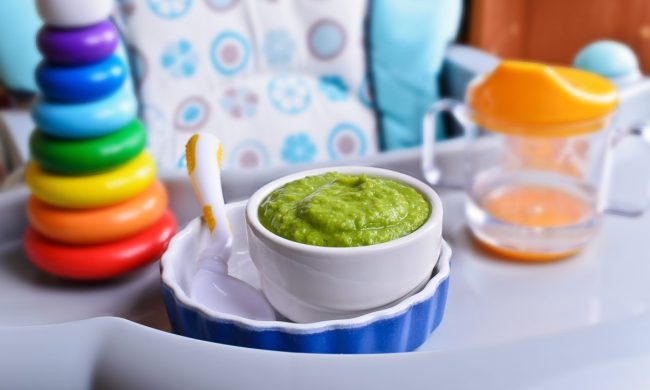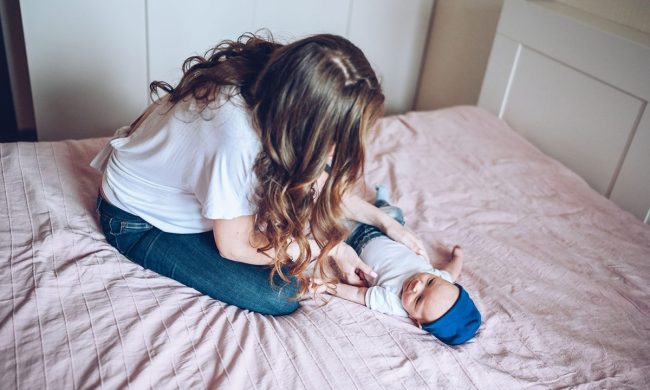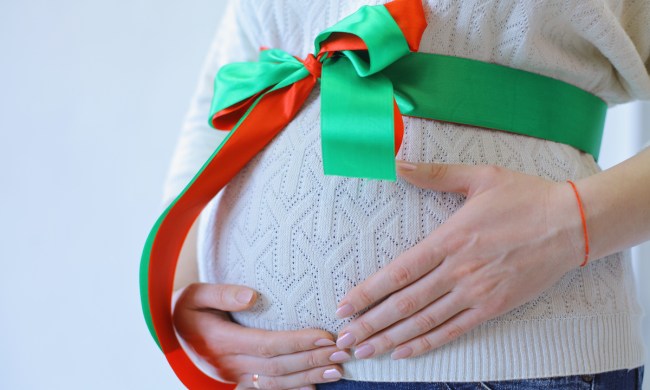As the seasons change, knowing how what weather to dress for can get complicated. As summer turns to fall it can be cool in the morning yet positively sweltering by midday, only to turn cool again in the evening. The weather is often unpredictable, making it hard to know just how many layers you may need for the day. Knowing how to dress a baby when you’re not sure if the weather will change is a challenge, too, especially since they can’t tell you if they are too hot or cold. Dressing your babe correctly for the weather is one time a parenting handbook would be helpful.
Many parents find themselves wondering just how many or how few layers their child needs to wear during those first few months. If you wear a light jacket, will your baby do fine with the same? Will they need more layers in the fall and winter months to cover their delicate skin? How do you balance protecting your baby from the sun in the summer, while making sure they don’t overheat? To help you pick the perfect outfit for your infant, here’s a temperature guide for dressing babies in both warm and cold weather.
Baby clothes temperature guide: Fall
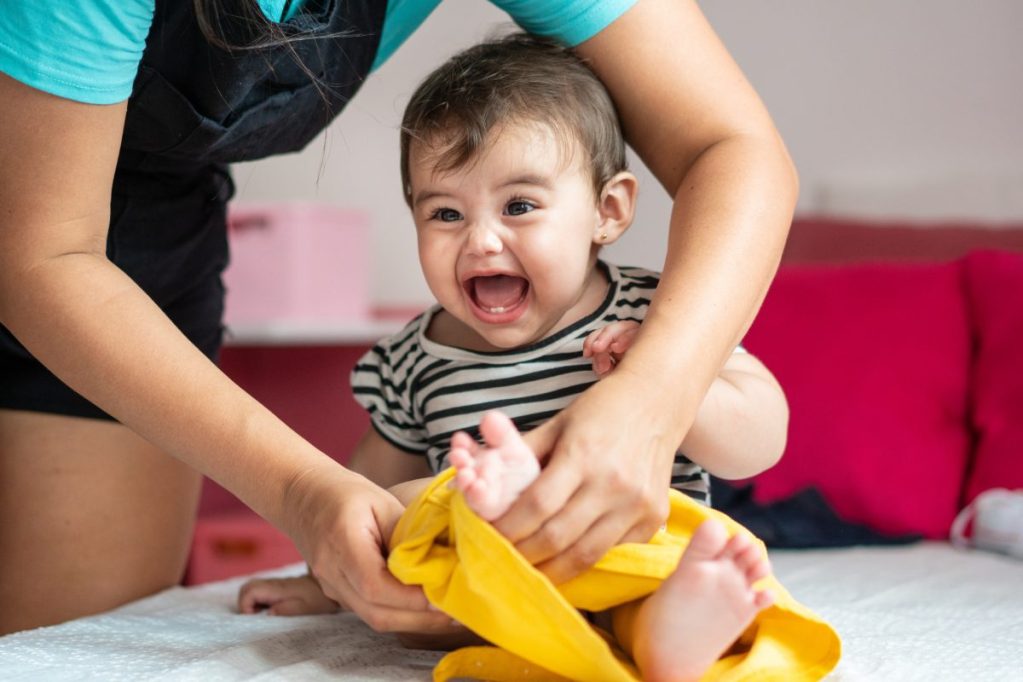
Temperatures and how to dress
Dressing your baby for fall is quite similar to dressing your baby for spring. You want to think about dressing them in layers, with something cooler and lighter against the baby’s skin, and heavier items for the outside pieces. As temperatures change from day to day or even hour to hour, you can remove or add items as needed.
What else to know
When it comes to these seasons, it’s really all about being prepared and having the right clothes in the diaper bag when you need them. You can still accessorize your baby with adorable hats and gloves, but check to see if your baby needs them throughout the day.
Baby clothes temperature guide: Winter
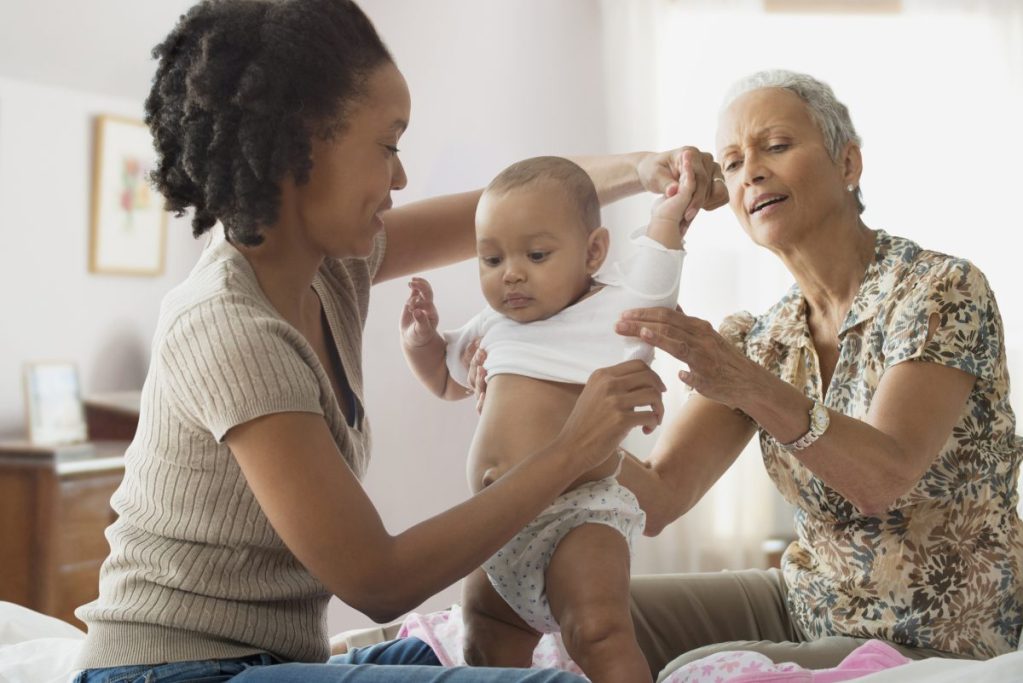
Temperatures and how to dress
When the winter winds are howling and chances of snow are likely, you want to make sure your baby is all bundled up. If it’s below 40 degrees Fahrenheit outside, it’s important to ensure your baby is wearing a snow-ready coat, mittens, hat, and insulated shoes or booties.
When temperatures dip below 35 degrees Fahrenheit, you want to keep time outside to a minimum, even if your baby has on all of the appropriate layers and pieces. And if the temperature or wind chill is below negative 15 degrees Fahrenheit, you’ll want to avoid taking your baby outside at all costs.
What else to know
Everything that you choose for your baby for the winter should be layered so that you can remove items as needed. As you prepare your baby’s winter wear, be careful not to overdress them to the point that they overheat.
Signs of overheating include reddened skin (especially around the face), sweating, rapid breathing, and a faster-than-normal heartbeat. You can tell if your baby is too cold by touching their tummy (it’ll be cool to the touch if they’re too cold). Also watch for lethargy, which is a sign of hypothermia.
Baby clothes temperature guide: Spring
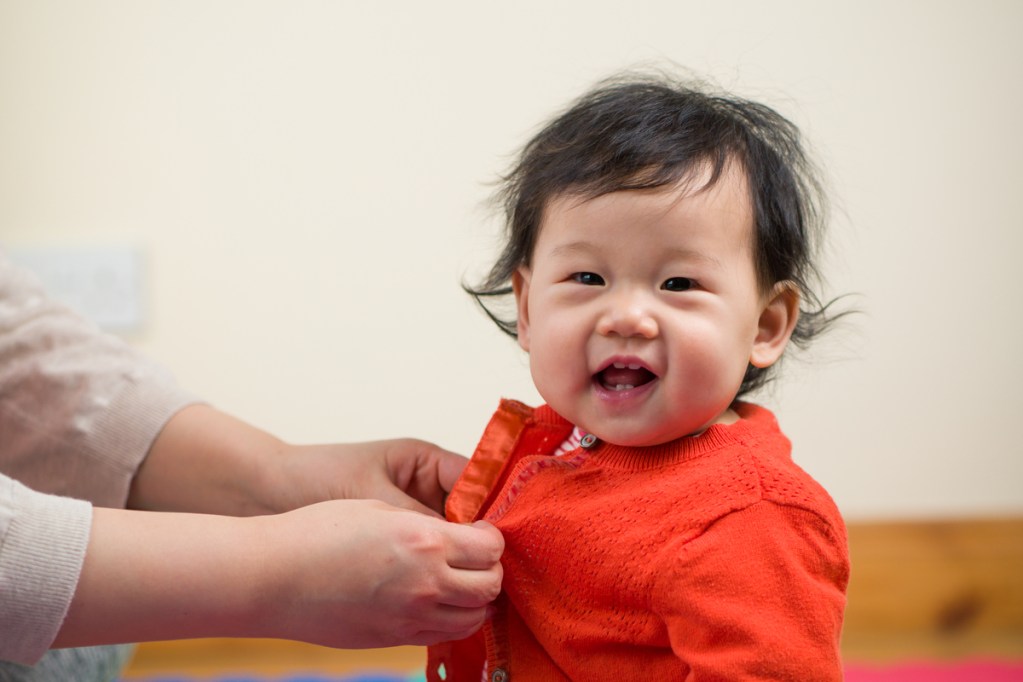
Temperatures and how to dress
As spring brings warmer weather and temperatures crawl up into the 50 to 60 Fahrenheit range, you can start to lose that snow gear. You’ll still want to dress your baby in lighter layers so that you can add and remove items as needed (after all, spring temperatures can vary greatly, even from morning to afternoon), but you should feel confident leaving those heavier clothing items at home.
What else to know
Consider adding leg warmers, denim, and light fleece items to your springtime nursery wardrobe. For those rainy spring days, be sure to outfit your baby with a moisture-wicking jacket, rain boots if they’re starting to toddle around, and something to protect their head.
Baby clothes temperature guide: Summer
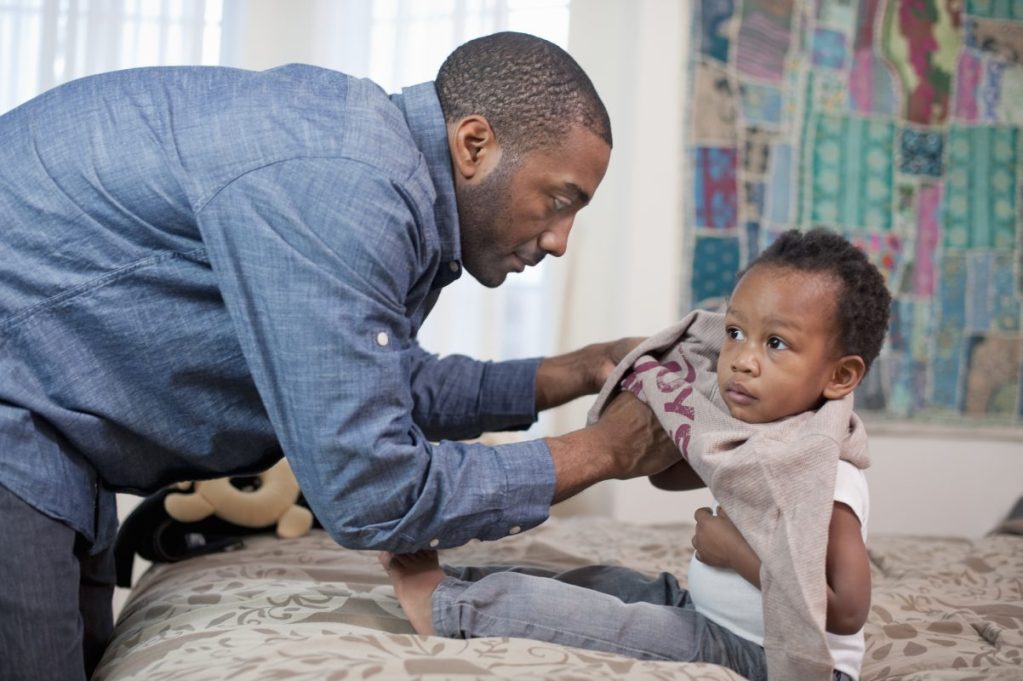
Temperatures and how to dress
Once the temperature reaches above 70 degrees, it’s time to start thinking about hot weather and how your baby is impacted. If the temperature climbs into the mid-70s and above, layering becomes non-essential. A lightweight, cotton, single-layer outfit should be enough to keep your baby comfortable.
What else to know
Just don’t forget a hat to shade your baby. In addition, you’ll also want to accessorize your baby with their own sunglasses and apply that sunscreen, especially if they’re going to be outdoors at all. In general, though, it’s recommended that you don’t keep your baby exposed to the summer heat for too long of a time period, no matter how they are dressed.
How to dress a baby for sleep
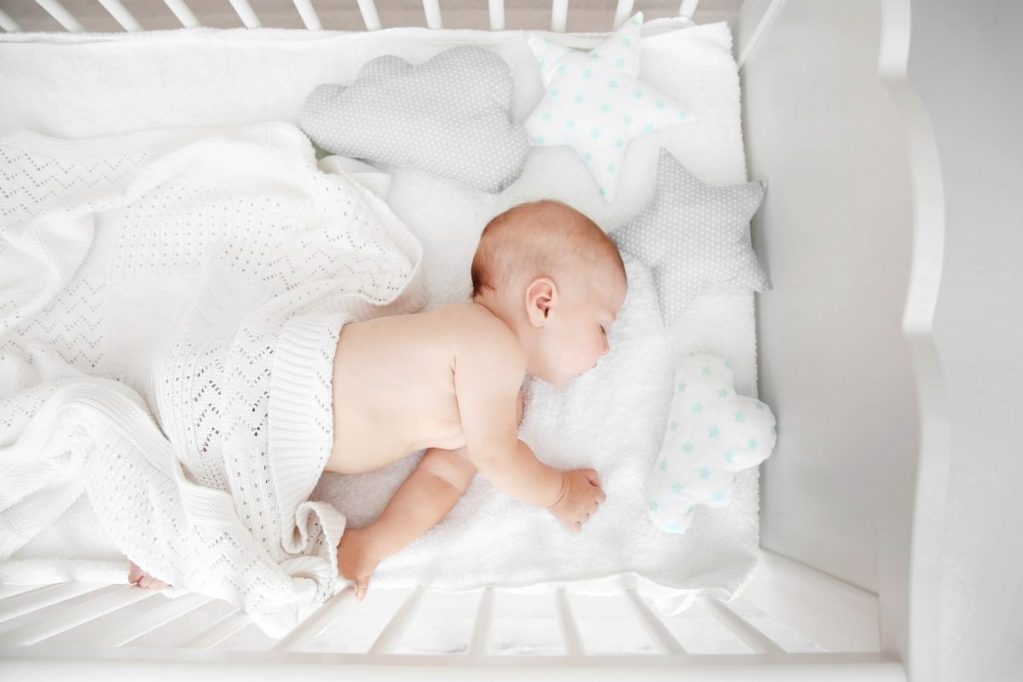
How to dress your baby for bedtime is almost as stressful as how to dress them for the weather! Parents often struggle with how to dress their babies for sleep because they want to ensure they don’t get too hot or too cold because that could impact the quality of their sleep. During the cooler months, you can still dress your baby in layers to put them to sleep.
Experts recommend using a sleep sack instead of loose blankets, which allows you to layer clothes on your baby to keep them warm. The pros at Sleep Foundation advise that you only dress your baby in one more layer than you would be comfortable sleeping in, to avoid overheating. “With all the contradictory information regarding what a baby should wear to sleep, remember that less is more,” said pediatrician De. Nilong Viyas. “Aim for lightweight clothing such as a onesie and a sleep sack to help the baby feel secure and cozy without over-bundling.”
A good rule of thumb for dressing your baby? Consider what you’re wearing and how you feel in that, and then know that your baby is slightly more sensitive than you are — and won’t be able to verbalize when they feel particularly warm or cold. So, if you’re feeling chilly, there’s a good chance your baby is, too. If you’re ready to shed some layers, your baby probably would as well if they could.
Babies overheat easily

Dressing your baby in layers is a great way to ensure they can be comfortable in all temperatures, but it’s important to realize that just as your baby may be more susceptible to the cold than you, they’re also more sensitive to the heat. A baby’s body temperature can change quickly and go from comfortable to too warm quite quickly.
You may want to bundle up your baby if it’s cold outside, but be sure to know the signs of overheating. Signs of overheating include being warm to the touch, having red or flushed cheeks, ears, or neck, sweating, and becoming irritable. If you’ve got your little one bundled up make sure they’re not getting too hot.
We know it would be easier if your tiny human could tell you when they want their sweater taken off — and don’t worry, they soon will! But until then, we have you (and your babe) covered with our easy-to-follow baby clothing temperature guide.

